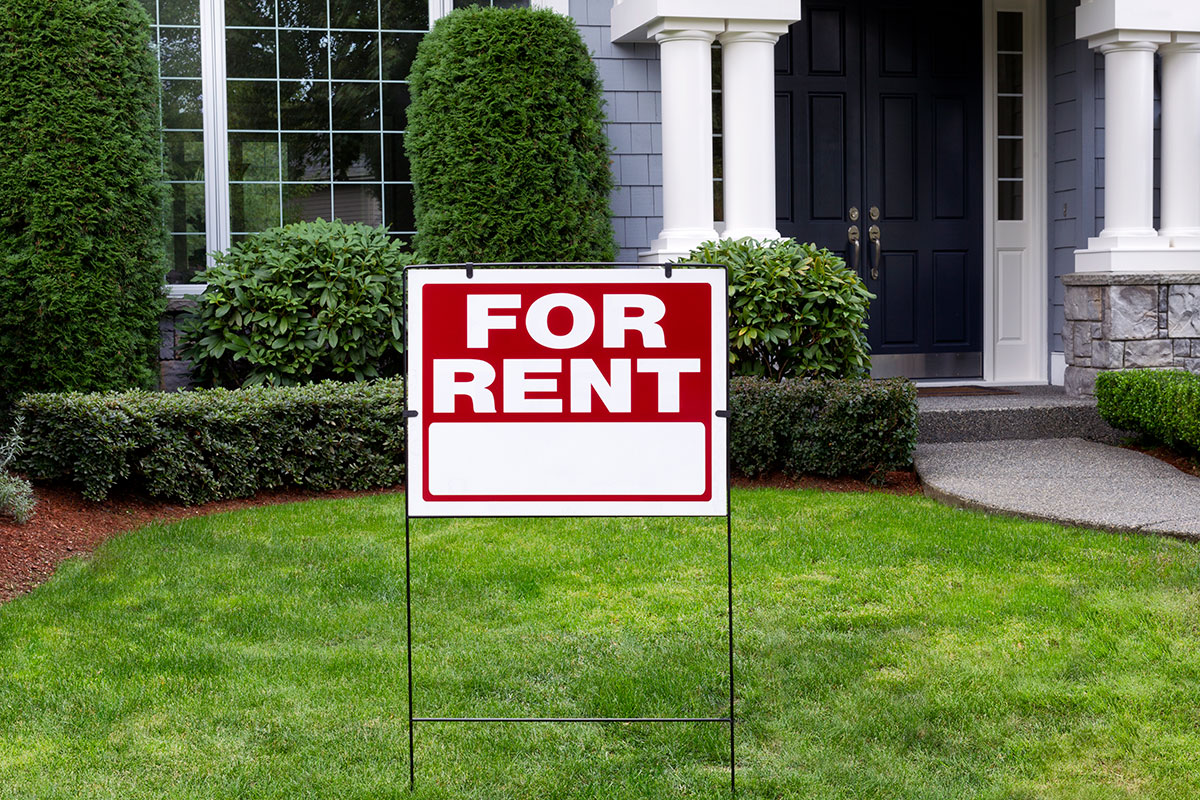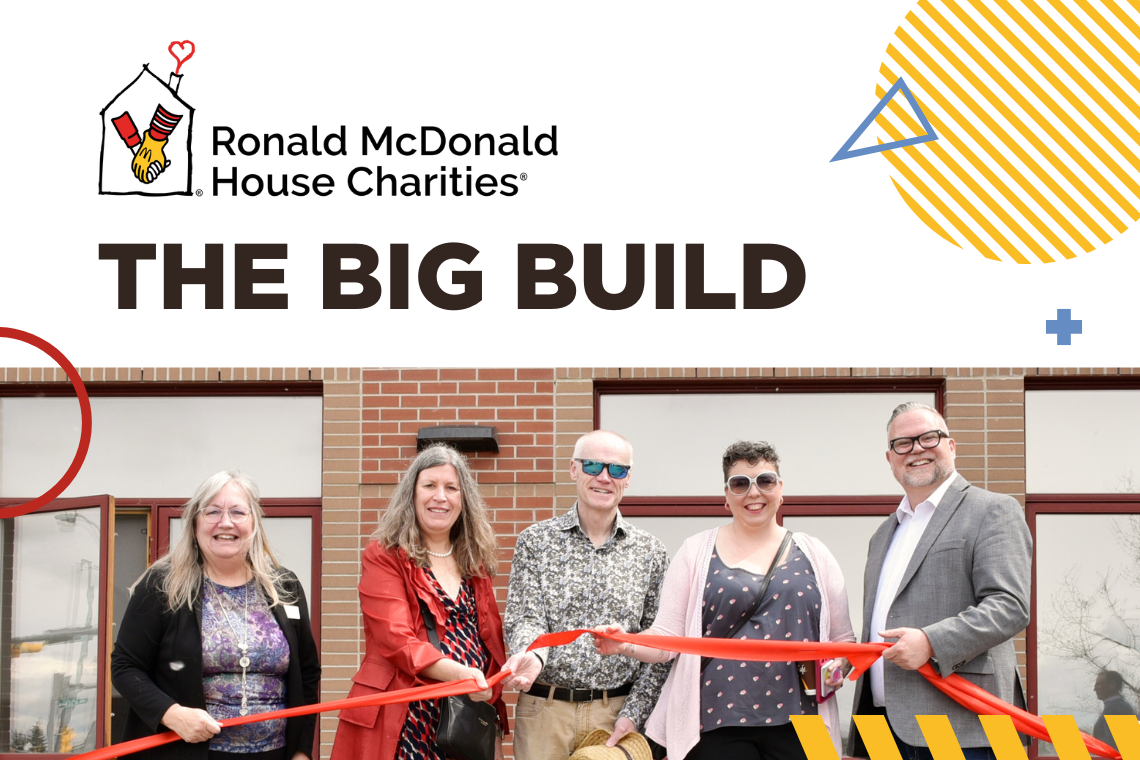
June 11, 2021 | Barb Livingstone
Calgary rental market struggles with high vacancy, but improvement is on the horizon
The COVID-19 vaccine rollout, a rosier economy and the opening of post-secondary institutions to in-person classes could all improve Calgary's residential rental vacancy rate by as early as this fall.That's the prediction of industry watchers for a rental market that currently sits at a vacancy high of 6.6 per cent, although steady average monthly rents continue to be made even more attractive for renters by incentive offerings.
"We have seen a slight improvement in the first half of this year, and with the vaccination rollout and improving economy, that could provide the path to a more normal fall or spring next year," said Gerry Baxter, executive director of the Calgary Residential Rental Association, which represents local landlords and property managers.
Michael Mak, senior economics analyst for Canada Mortgage and Housing Corp. (CMHC), says Calgary's rental vacancy rate jumped from 3.9 per cent in 2019 to last year's 6.6 per cent level (unchanged to-date this year), driven by the pandemic and a struggling economy, with high unemployment leading to out-migration and little in-migration from other provinces or countries.
"We have seen a slight improvement in the first half of this year, and with the vaccination rollout and improving economy, that could provide the path to a more normal fall or spring next year." - Gerry Baxter, Calgary Residential Rental Association
Adding to those challenges was the growing number of new purpose-built rental developments, which created more competition in the sector.
In 2020, 1,306 purpose-built apartment units (a 3.2 per cent increase) were added to the Calgary market. As of last October, another 2,000 units were under construction.
"It would not be unexpected to see another three per cent (completed) added in 2021," Mak said.
The vacancy rate is particularly high in the downtown (eight per cent last year vs. 3.4 per cent in 2019) and Beltline areas, which make up 38 per cent of the overall market, and older buildings fared better than newer ones, likely due to lower rental rates.
Baxter notes the downtown sector could be of sustained concern if people continue to work from home and don't need to live near downtown offices, or commute. This might lead them to seek larger, less expensive spaces outside the core.
Calgary's average rent of $1,195 remains basically unchanged (enhanced by incentives that range from cash bonuses and free utilities to one-or-more months living rent free), and Mak says any future rent increase will depend on a decrease in vacancy rates.
He says a successful vaccination program, lifting lockdowns, opening borders, and in-person university classes this fall – the University of Calgary has already announced it will be moving gradually to in-person learning this September – should help reduce the vacancy rate.
Baxter agrees, but says it will depend on the uptake of in-person classes, "especially from those people coming from out of province."
Tagged: Beltline | Calgary | Calgary Real Estate | Calgary Real Estate News | Calgary Real Estate News | Calgary residential Rental Association | Canada Mortgage and Housing Corporation | CMHC | Competition | COVID-19 | COVID-19 | Downtown | Economy | Feature | Housing Market | Incentives | migration | Purpose-Built Rental | Rent | rental | Rental Market | renter | unemployment | Universities | vacancy




